CAR ADVICE
Follow us on Instagram and Facebook for regular updates with information, tips, and car advice!

Not driving your car regularly can affect your car's battery. Car batteries are charged while the engine is running.
To protect your car battery from going flat, turn on the engine and let the car idle for 20 minutes or so per day.
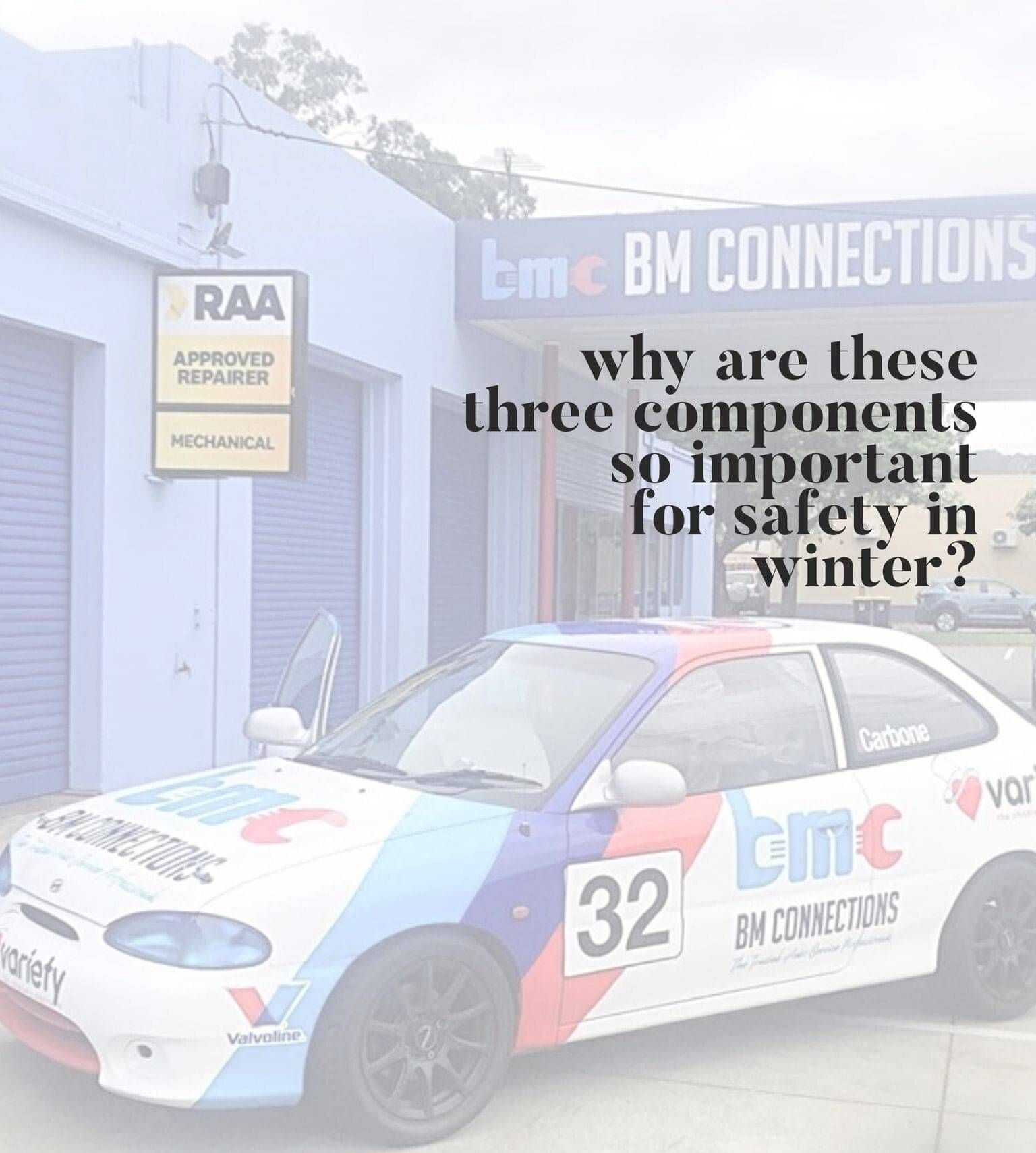
1. TYRES - Tyres that are worn, or have low pressures, have less ability to disperse water while you drive. They would also have less friction with the road, which could make the road seem extra slippery when wet.
2. WIPERS - If your wipers are squeaky, shuddering or smearing moisture, you will have poor visibility in wet weather.
3. BRAKES - Rain causes oil and grease to rise to the surface of the road, which makes the road extra slippery. When braking, it is important to come to a slow halt, and keep distance from other cars.
Tips to improve FUEL EFFICIENCY
- Gently accelerate away from a standing start.
- Remove unnecessary weight from your car.
- When waiting in your car, turn the engine off.
The car battery is recharged by the alternator, while the engine is running.
During a service, we test the condition of the battery, and the operation of the alternator.
If either fail the test, the battery could die at any time.
In this case, we'd suggest a replacement, to avoid your car letting you down without warning!
If the engine light appears and you car is driving normally, it's not urgent, but important to address it as soon as possible.
The engine light indicates there is a fault in the engine management system. It could be something minor or major.
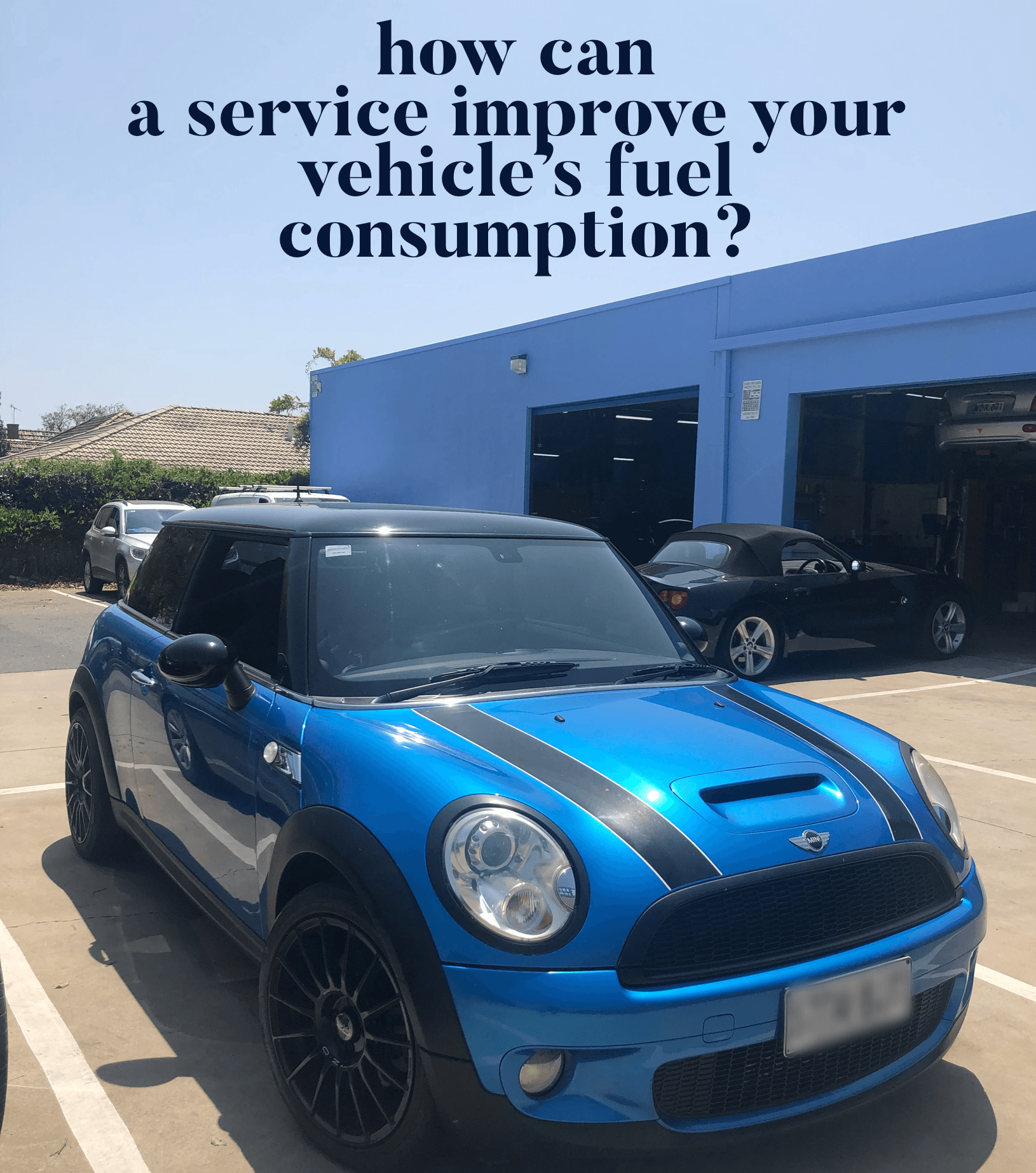
The engine draws air from the air filter. If the filter is blocked, it restricts air flow, which leads to higher fuel consumption. The air filter is checked during servicing and replaced if necessary.
The vehicle’s engine oil is drained and replaced with every service, which ensures in minimum friction in the engine. This leads to lower fuel consumption.
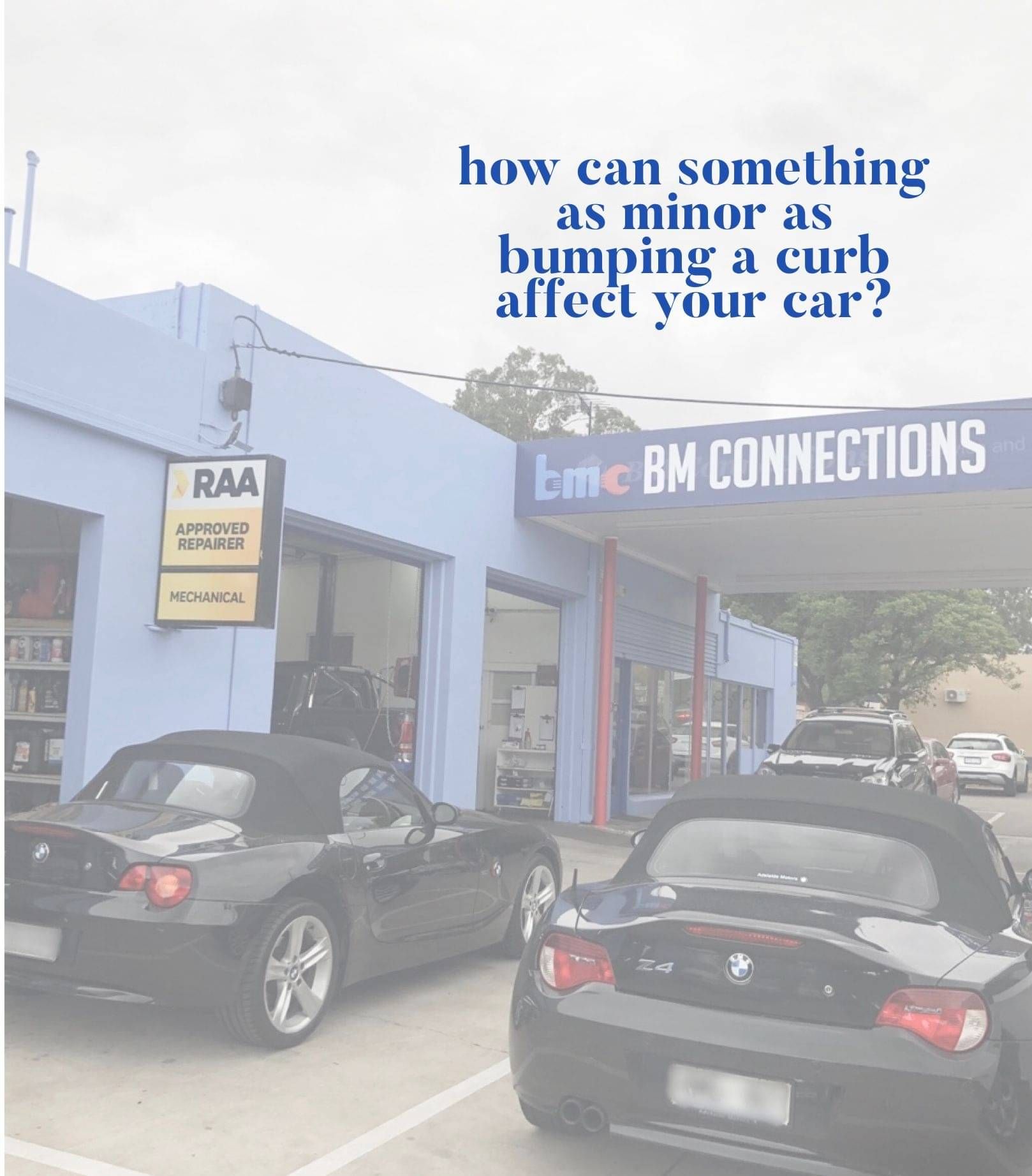
The slightest bump can alter your wheel alignment settings.
This causes premature tyre wear.

The temperature/coolant light: Coolant is what maintains the temperature of the engine. This light could mean your vehicle is a) low in coolant, or b) you car is at risk of over heating.
The oil light: If this light appears in red, address it immediately! It could mean a) there is low oil pressure, or b) the oil level is low.
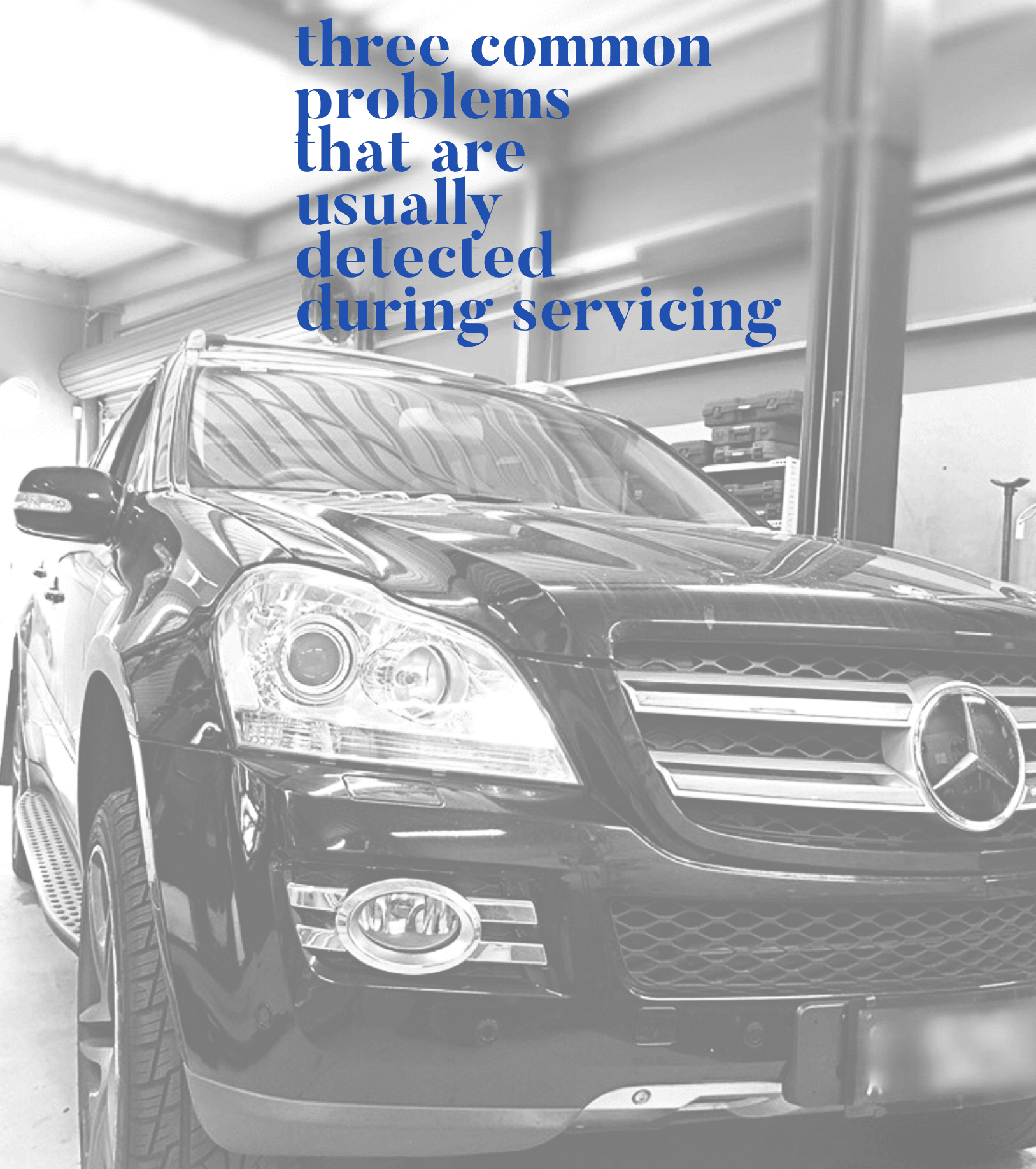
1) Declining Brake Performance; over time, brake components begin to deteriorate, which impacts their ability to come to a smooth halt.
2) Leaks; oil and coolant leaks may not always be obvious, however they do get reported during servicing, which can prevent engine damage.
3) Premature Tyre Wear; either caused by wheel alignment, suspension issues, or incorrect tyre pressures. You will save money if this is detected early.
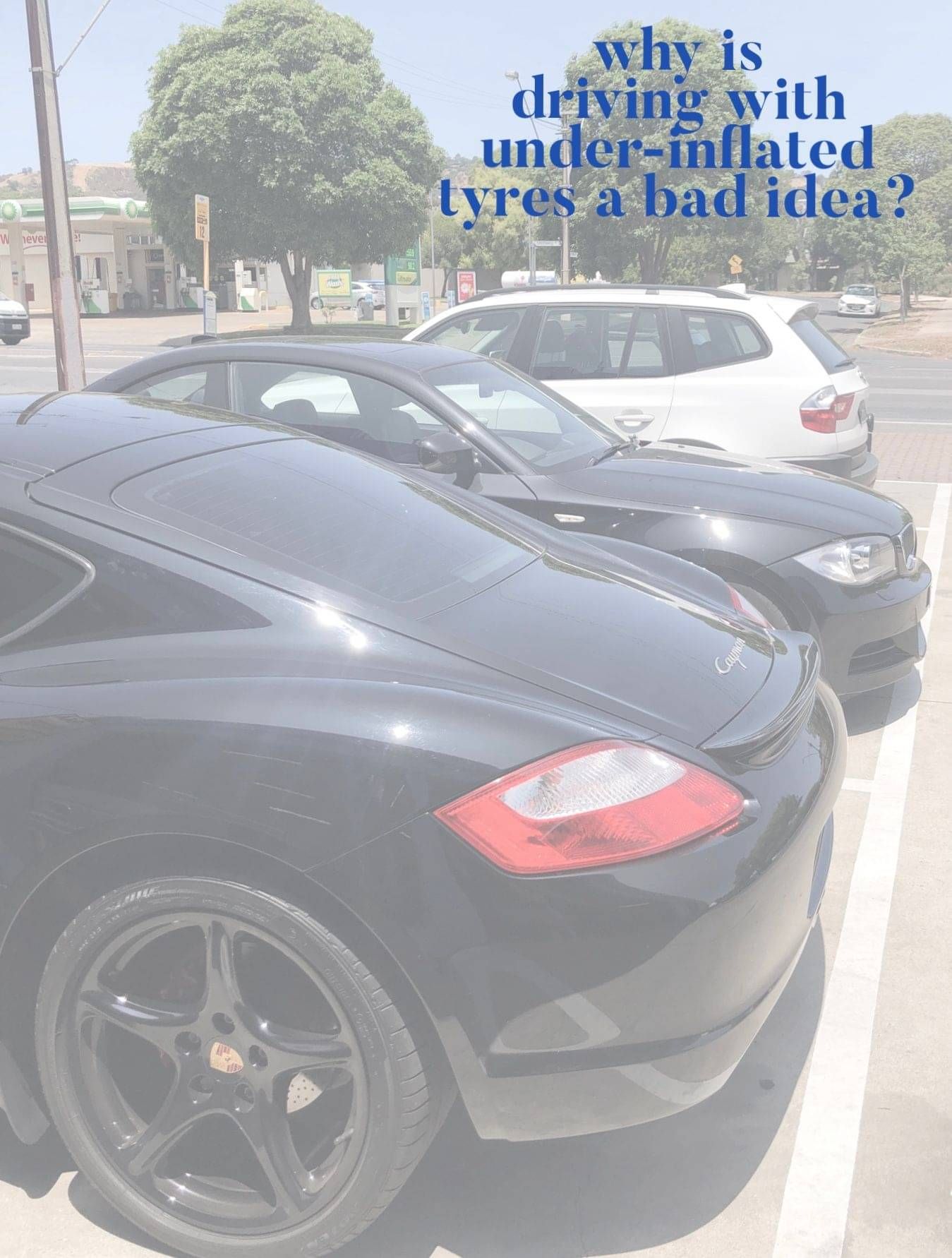
1) Low tyre pressures increase the amount of the tyre that is in contact with the road, leading to premature wear.
2) Your vehicle will consume more fuel
3)The braking and steering performance is affected, which can put you in danger!
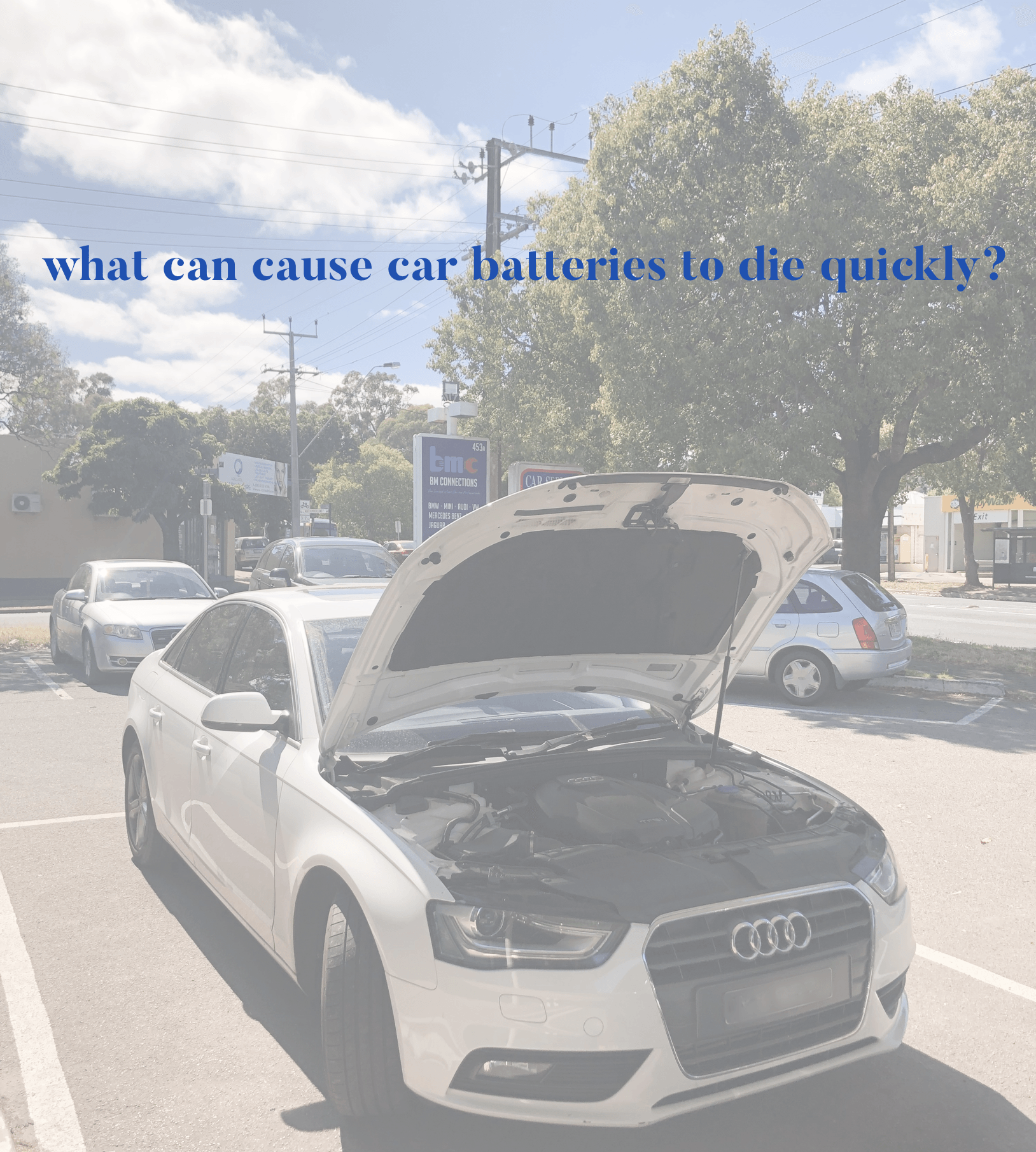
When the car is started frequently and is mainly driven short distances, the battery can lose its capacity and power much quicker than usual.
To avoid this, an occasional long drive will help the battery to stay healthy
a) Over-inflated tyres can reduce steering and brake performance, which is a safety hazard!
b) In hot weather, if tyre pressures are too low, they will generate more heat and wear prematurely
c) Tyre wear and tyre pressures should be checked monthly
d) Tyres can wear unevenly, and rotating the tyres from front to rear can even out where they’re worn
If you're thinking of buying a used car, here are some important questions to ask the seller:
What is the service history? Where was it being serviced? Have there been any repairs? Eg, to brakes? How old are the tyres? What sort of driving has it done - city driving or country driving? Are there any issues outstanding on the car? Has the vehicle been in any accidents, and what was the damage?
Every car owner must monitor the temperature gauge, especially in warm weather.
Most cars will operate half-way between the hottest and coldest readings. If the temperature gauge rises above half-way towards the hotter end, there is a likelihood that there is a problem with the cooling system.
NEVER drive the vehicle if the temperature gauge is high.
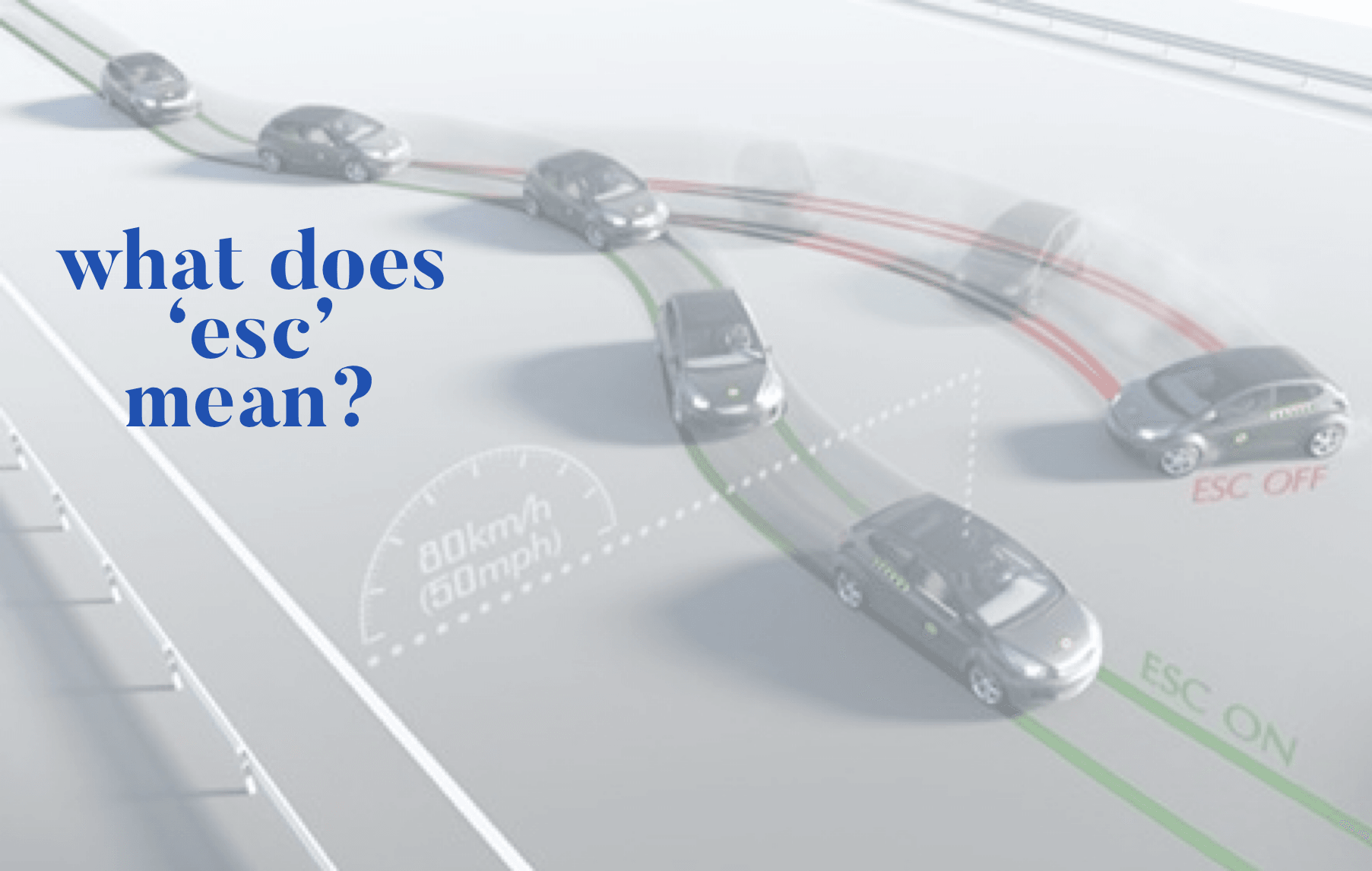
Our cars are pretty smart because they help to keep us SAFE! One important safety feature is the Electronic Stability Control (ESC).
🔵This system prevents the risk of skidding or loss of control of the vehicle when changing direction suddenly, particularly at a fast speed.
🔵 It detects when there has been a change in terrain (i.e, dirt road to bitumen) and helps to keep the driving stable.
A light will appear on the dashboard when this system is activated.
In extreme heat, the temperature under the bonnet can double!
This means the engine can easily overheat, if the lubrication system (i.e. oil) and cooling system are not at their optimum condition.
ASK US
Submit a question here and we'll get back to you!










